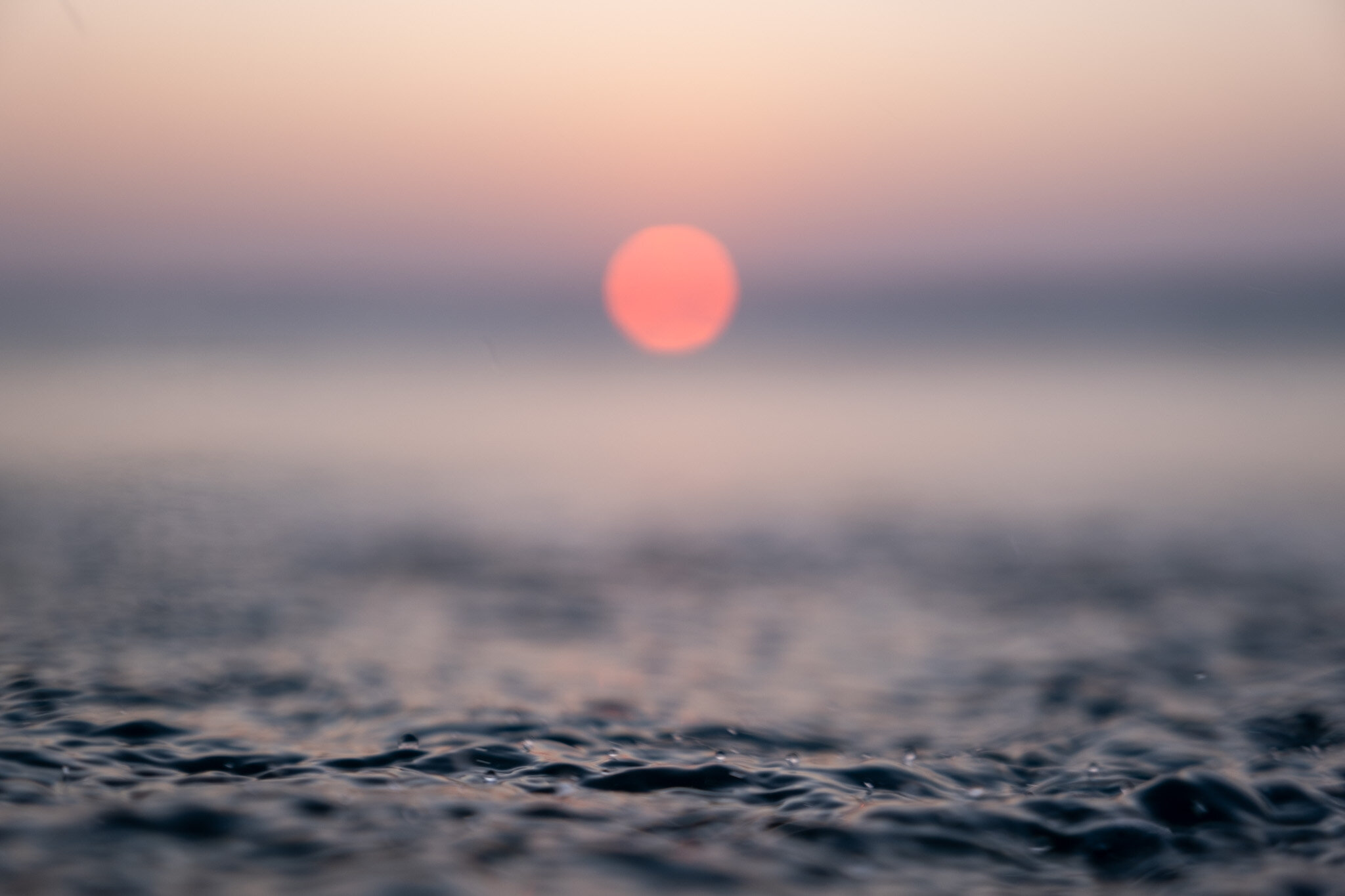Making a Splash: Tips for Getting Started with Surf and Water Photography
When it comes to water photography, there are so many environments to explore, which is probably one of the most exciting things about embarking on a journey to learn and practice water photography. In this blog post, I will share some tips and insights on how to get started in water photography and capture the beauty of the ocean, rivers, lakes, waterfalls, lagoons, underwater and over water. I specialize in surf lifestyle and ocean photography but I also enjoy taking my camera into different bodies of water to explore other environments. through my lens.
I am personally of the belief that when you start photographing what you are most curious about, your work becomes an honest reflection of your journey toward your full creative potential. Right now, I am most curious about the ocean and the moon which is why these feature in my work. I’m excited to share with you what I’ve learned so far.
1.The fundamentals of getting started with surf and water photography
To get started, you will need a few things both physically and mentally. A good pair of fins, preferably shorter ones like the ones bodyboarders or bodysurfers use, and a protective waterproof housing for your camera are essential. However, you'll also need to become a confident (one-armed!) swimmer, overcome any initial fears of swimming out in the ocean, and learn about whichever environment you choose to shoot in.
In the ocean, look for rips and channels to avoid and know your limits about what kind of conditions you are comfortable to swim in. Before picking up a water housing, consider going out a few times with a local swim club, which will take you completely out of your comfort zone. Swimming out into the surf feels like nothing compared to swimming out to Motuotau Island (Rabbit Island) or halfway round Mauao. Make sure you do this with a group of experienced swimmers who know your confidence level (or lack of it) and are willing to look out for you while you're out there. A big shoutout to the Seamen Ocean Swim Squad in the Mount!
2. How to navigate the surf while photographing in the ocean
Two important factors in navigating surf photography are a hyper-awareness of your surroundings and knowledge of the surf you are in - like knowing which way the wave is going to break so you can predict if the surfer taking off is coming your way.
Positioning really depends on what kind of shot you're after. If you want a photo of someone chilling on their board out the back, you'll need to swim out there. If you want to capture a surfer coming down the line, you'll need to assess where and how the waves are breaking and sit on the inside. However, you'll need to ensure you've got enough water underneath you to be able to duck dive out of the way of boards and fins easily. When you're first learning, it's best to go out with a partner or friends because you know they won't run you over.
3. Exploring the creative elements of surf and water photography
Taking the photos is just a small part of the process. There is a series of other elements that help make your work considered and unique; the choices you make prior to shooting, what inspires you, other artists whose work you admire, post-processing, whether you want to tell a story in a single image or a series of images, making your selections.
To make the most of the creative process, start by being prolific and letting it unfold as you go. Take a lot of photos, experiment with different camera settings, and be curious about what you're photographing. If you're feeling stuck and unsure how to progress, apply the "what if?" question. Choose something you're curious about and just shoot with that in mind, whether that's a specific camera setting or something out in the water like deciding to shoot the lip of the wave or sitting in the shallows rather than out back for a change.
Lou’s Top Tips
Practice, practice, practice - that’s the only way you’ll truly gain experience and fully understand what it is about water photography that really makes you tick and makes you truly curious to know more about. This is how I improved with taking photos in the water; just get out there and spend time in the water, taking as many photos as you can.
Feeling stuck and unsure how to progress? Apply the ‘what if?’ question. This is my favourite thing about photography and most specifically water photography. If I’m feeling stuck, I’ll choose something I’m curious about and just shoot with that in mind whether that is a specific camera setting or something out in the water like deciding to shoot the lip of the wave or sitting in the shallows rather than out back for a change.
Don’t be afraid to defy the laws of photography and shoot into the light for epic silhouette shots which really convey the form and movement of a surfer in the water.
Feel free to tag me in your water shots and reach out to me on the gram if you have any more questions, I’d love to see how you go. Happy experimenting!
L x

